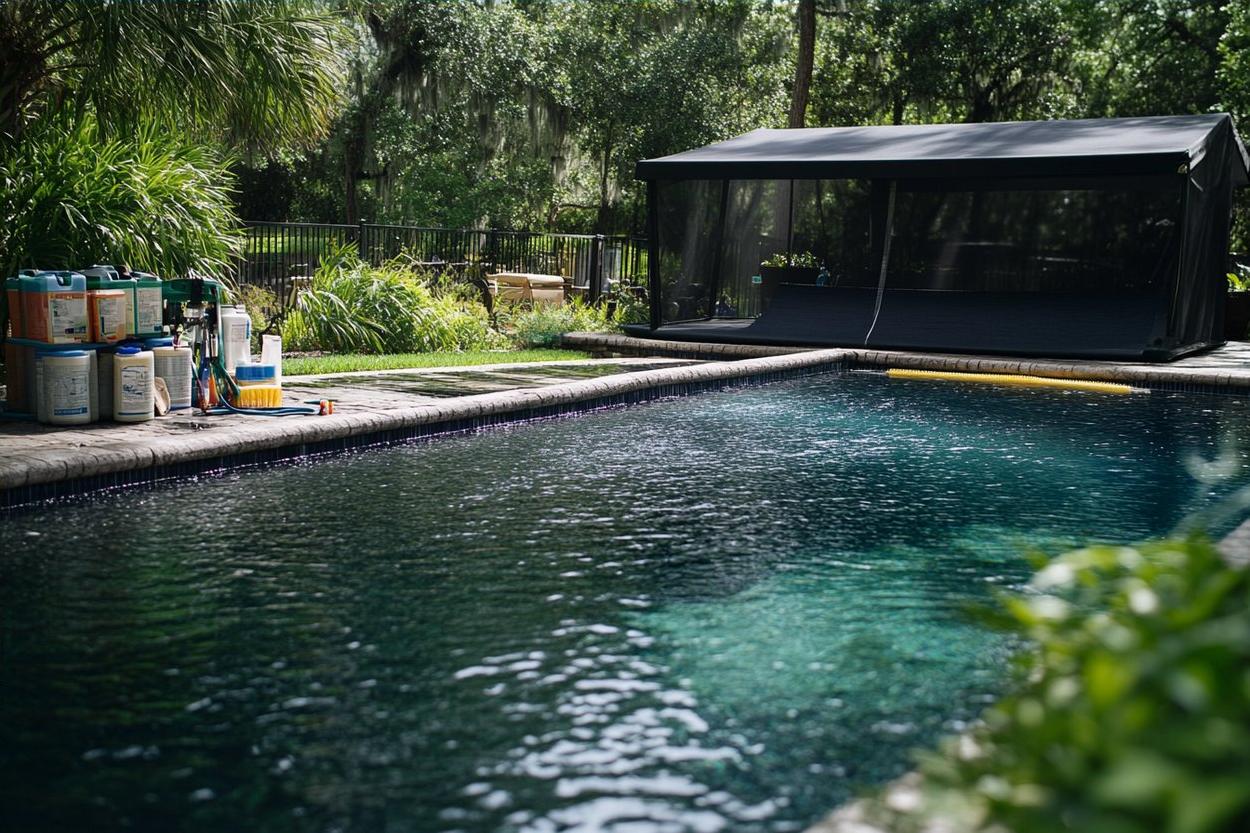Pool Covers: Protecting Your Swimming Pool, Backyard, and Water
A pool cover is one of the simplest yet most effective upgrades for any swimming pool owner. Covers reduce debris, limit evaporation, improve safety, and make maintenance easier, whether you have a family backyard pool or a larger leisure installation. This article explains common cover types, how automatic pool cover systems work, and what to consider when selecting the right cover for your needs.

How do pool covers protect your swimming pool?
A properly fitted pool cover keeps leaves, dirt, and other debris out of the water, which cuts down on skimming and filter work. Covers also block sunlight, slowing algae growth and reducing the need for chemicals. For heated pools, some covers trap warmth and reduce energy use by limiting heat loss overnight. Beyond maintenance, many covers preserve water quality between uses so your pool is swim-ready more quickly.
What are the main types of automatic pool cover systems?
Automatic pool cover systems use motorized tracks and a powered reel to open and close a cover at the push of a button. They are typically built from heavy vinyl or reinforced fabric and are installed along pool edges or beneath a deck. Advantages include convenience, consistent tensioning, and faster deployment compared with manual systems. Installation usually requires professional measurement and fitting. Considerations include power access, track placement, and whether you want a safety-rated system designed to hold weight.
How do pool covers improve backyard safety and maintenance?
Covers contribute significantly to backyard safety, especially where children and pets are present. Safety covers that meet relevant standards can act as barriers to prevent accidental falls into the water. Mesh and solid safety covers come with different trade-offs: mesh sheds water and debris but allows some light through, while solid covers block debris and light but require a pump to clear rain. All covers reduce routine maintenance time by limiting how much debris enters the pool, lowering filter cleaning frequency and chemical balancing needs.
How do pool covers save water and reduce chemical use?
By covering the pool surface, evaporation is greatly limited, which conserves water and reduces the need to top up levels after hot or windy periods. Lower evaporation also helps maintain chemical concentration, so you use fewer sanitizers and stabilizers over time. In climates with hard sunlight, a cover that reduces UV exposure slows chlorine breakdown. Using a cover consistently is one of the more reliable ways to stabilize pool chemistry and conserve water in residential and commercial installations.
How to choose the right pool cover for your backyard and routine
Selecting the right cover depends on pool shape, size, local climate, budget, and how you use the pool. For frequent swimming and quick access, an automatic pool cover provides convenience. If safety is the top priority, look for covers rated for load-bearing and with secure anchoring. For seasonal or budget-conscious owners, solar bubble covers offer a low-cost option to reduce evaporation and retain heat. Always check warranty terms, material UV resistance, and whether professional installation or local services are recommended for your chosen system.
Conclusion
Pool covers provide clear benefits for water conservation, cleanliness, safety, and energy efficiency for both small backyard pools and larger swimming pool installations. Evaluating your priorities—safety, convenience, cost, and local climate—will help you choose the best cover type. Proper installation and consistent use deliver the greatest long-term value, preserving both water quality and the overall enjoyment of your pool.






